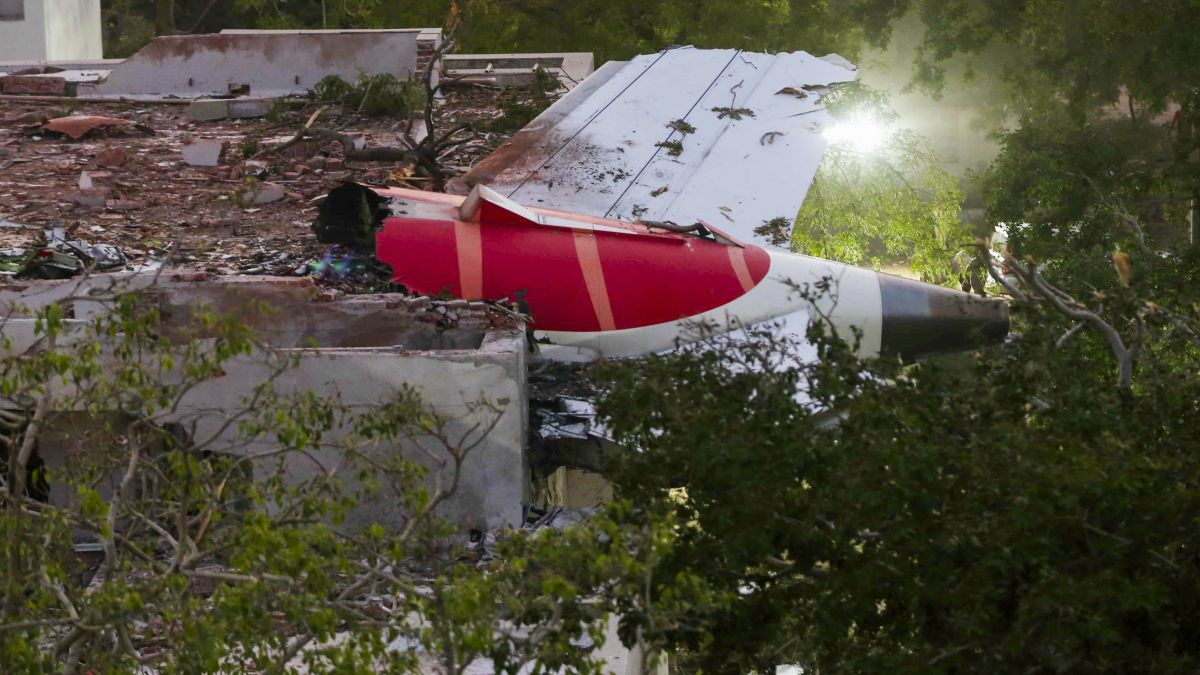The deadly crash of Air India flight 171 last month has reignited a long-standing debate in the aviation industry over whether video cameras should be installed in airliner cockpits to monitor pilots’ actions—a move that could complement the cockpit voice and flight data recorders already relied on by accident investigators.
Willie Walsh, head of the International Air Transport Association (IATA) and a former airline pilot, voiced strong support for cockpit video monitoring during remarks on Wednesday in Singapore. “Based on what little we know now, it’s quite possible that a video recording, in addition to the voice recording, would significantly assist investigators in conducting that investigation on the issue of mental health,” he said.
A preliminary report by India’s Aircraft Accident Investigation Bureau (AAIB) has raised troubling questions about the Air India crash, suggesting one of the pilots might have cut off fuel to the Boeing 787’s engines seconds after takeoff, causing an irrecoverable situation. The crash in Ahmedabad claimed 241 of the 242 lives aboard, along with 19 people on the ground.
Advocates for cockpit cameras argue that video evidence can provide critical context missing from audio and data recordings, while opponents warn of privacy intrusions and potential misuse, believing the benefits may not justify the risks.
Recent incidents have demonstrated how valuable video can be. The Australian Transport Safety Bureau (ATSB) cited cockpit video footage as “invaluable” in solving the 2023 crash of a Robinson R66 helicopter, which broke apart mid-air and killed the pilot—the sole occupant. The video revealed the pilot had been distracted by using a mobile phone and consuming food and beverages. The ATSB praised Robinson Helicopters for installing cameras at the factory and urged other manufacturers and operators to consider similar measures for safety.
Calls for cockpit video are not new. In 2000, following the 1999 EgyptAir Flight 990 crash, where the first officer intentionally downed the Boeing 767 killing all 217 people on board, U.S. National Transportation Safety Board (NTSB) Chairman Jim Hall pushed the Federal Aviation Administration to mandate cockpit image recorders.
Impact Shorts
More Shorts“In the balance between privacy and safety, the scale tips toward safety, unequivocally,” said air safety expert and former airline pilot John Nance. “Protecting the flying public is a sacred obligation.”
Anthony Brickhouse, another aviation safety expert, agrees on the value of cockpit video, though he acknowledges pilots’ concerns about privacy. “Video on Air India flight 171 would have answered lots of questions,” he said.
(With inputs from Reuters)


)

)
)
)
)
)
)
)
)



